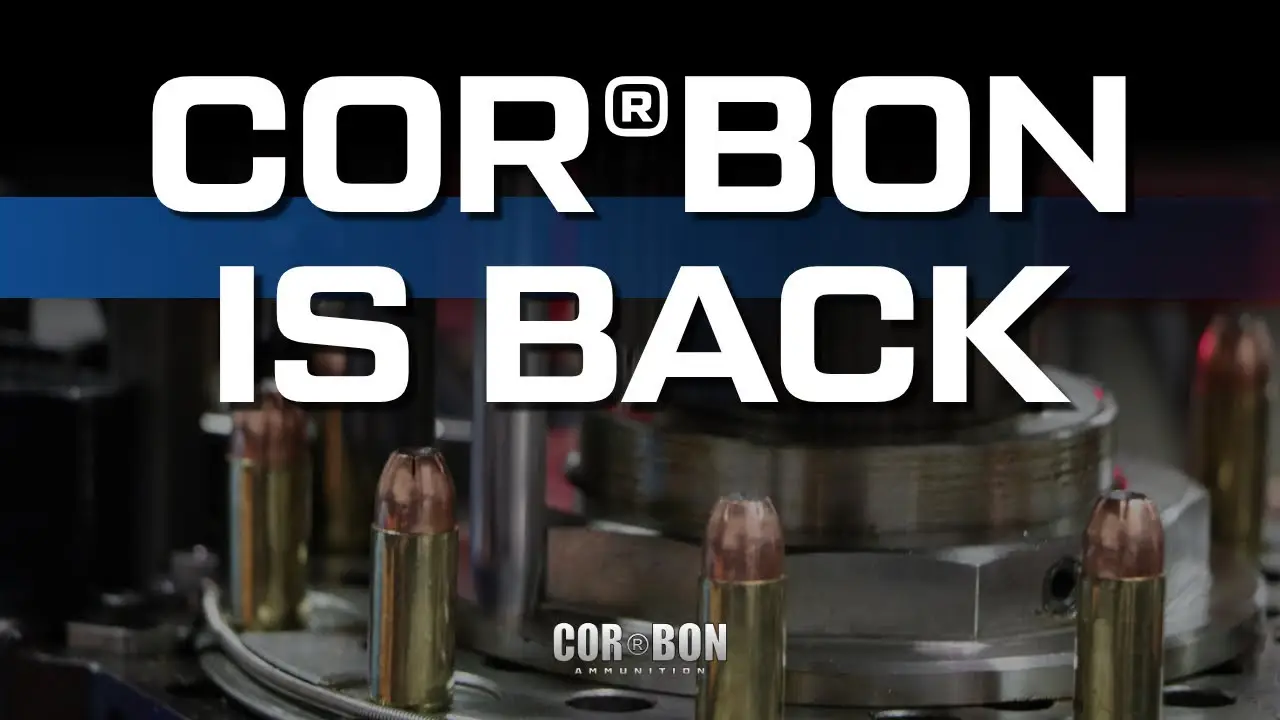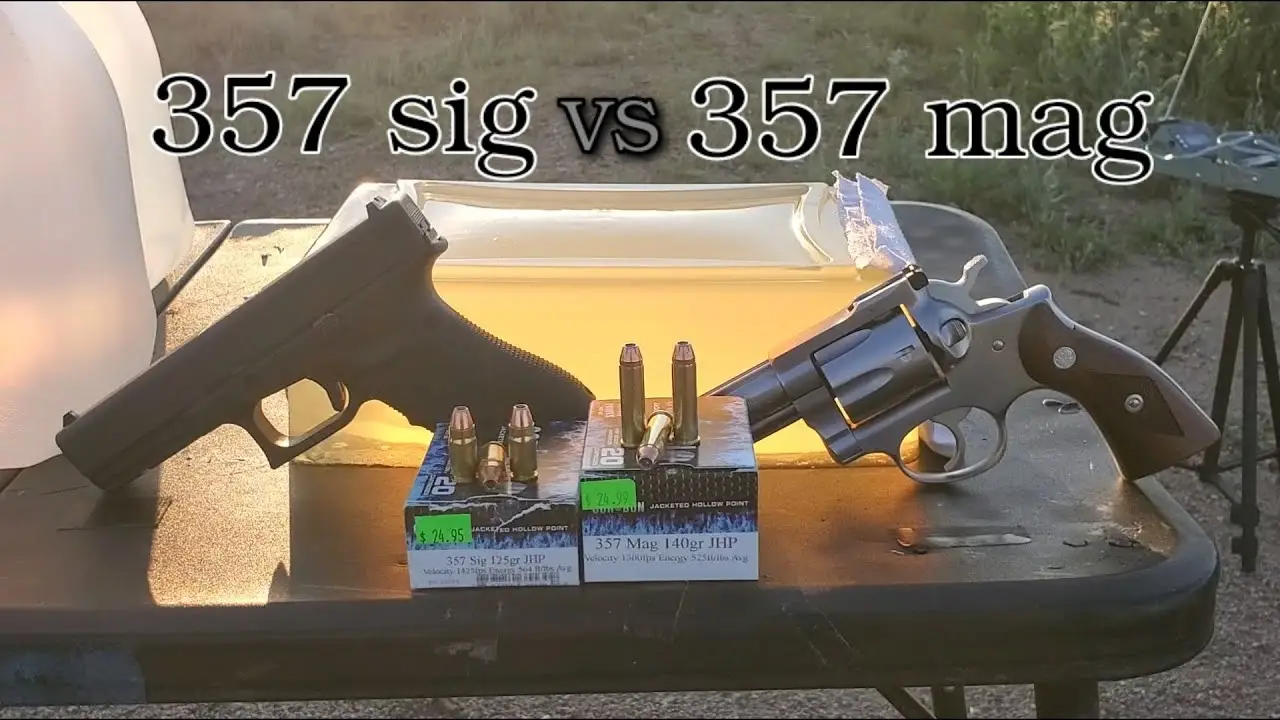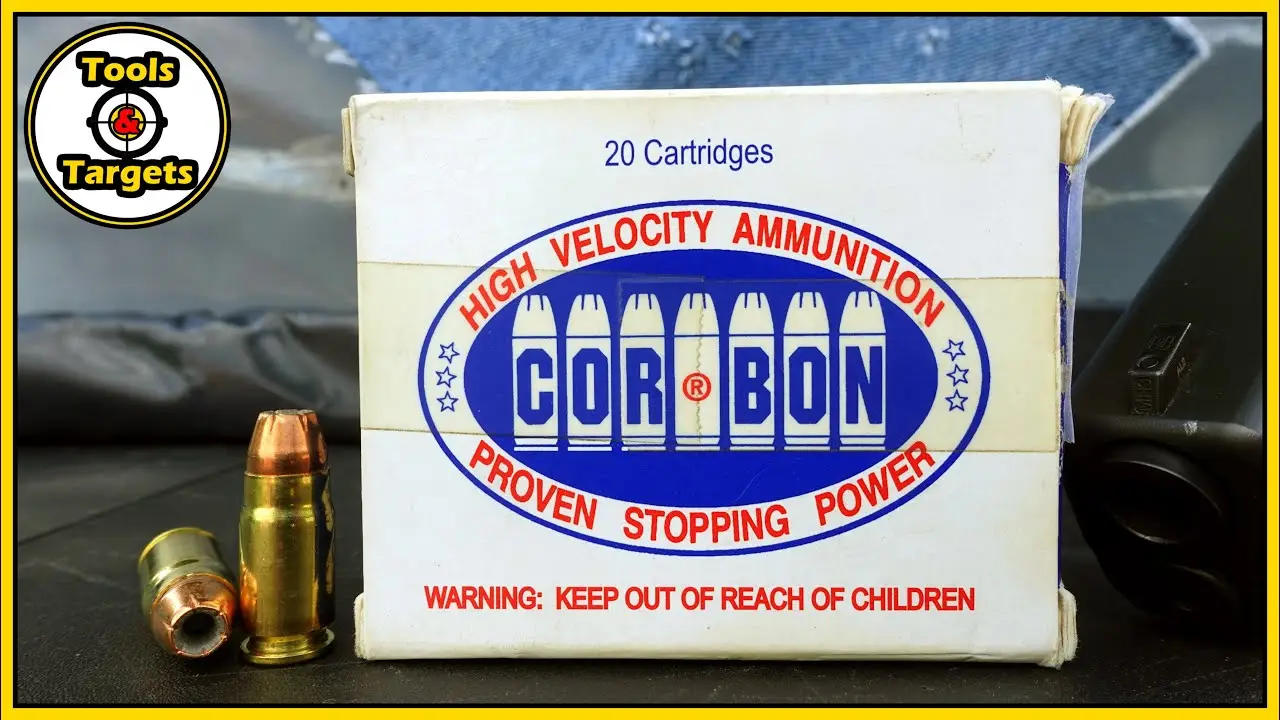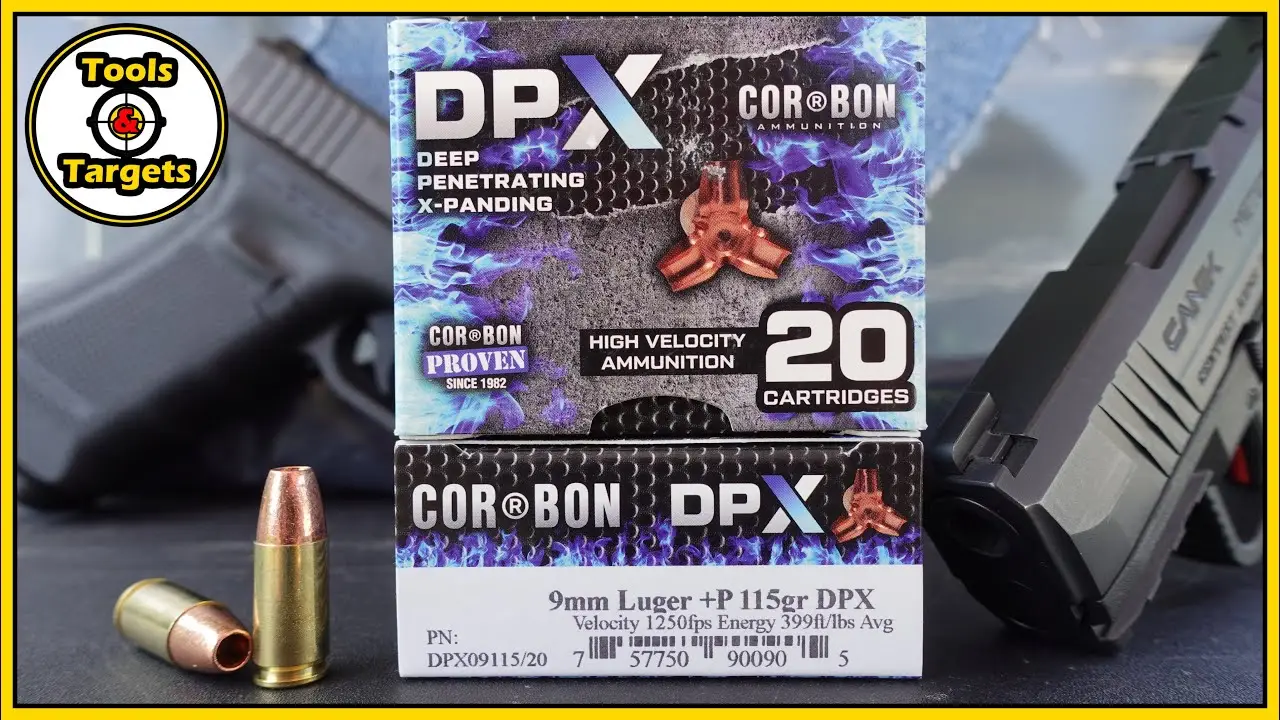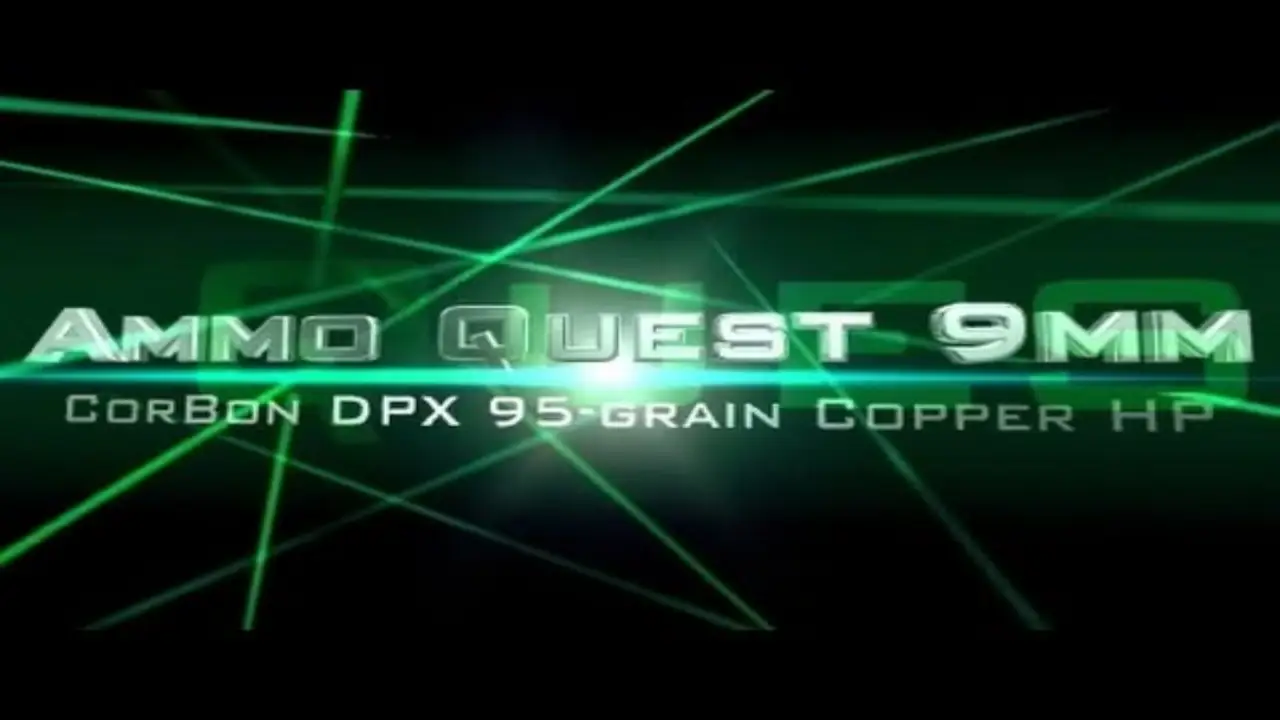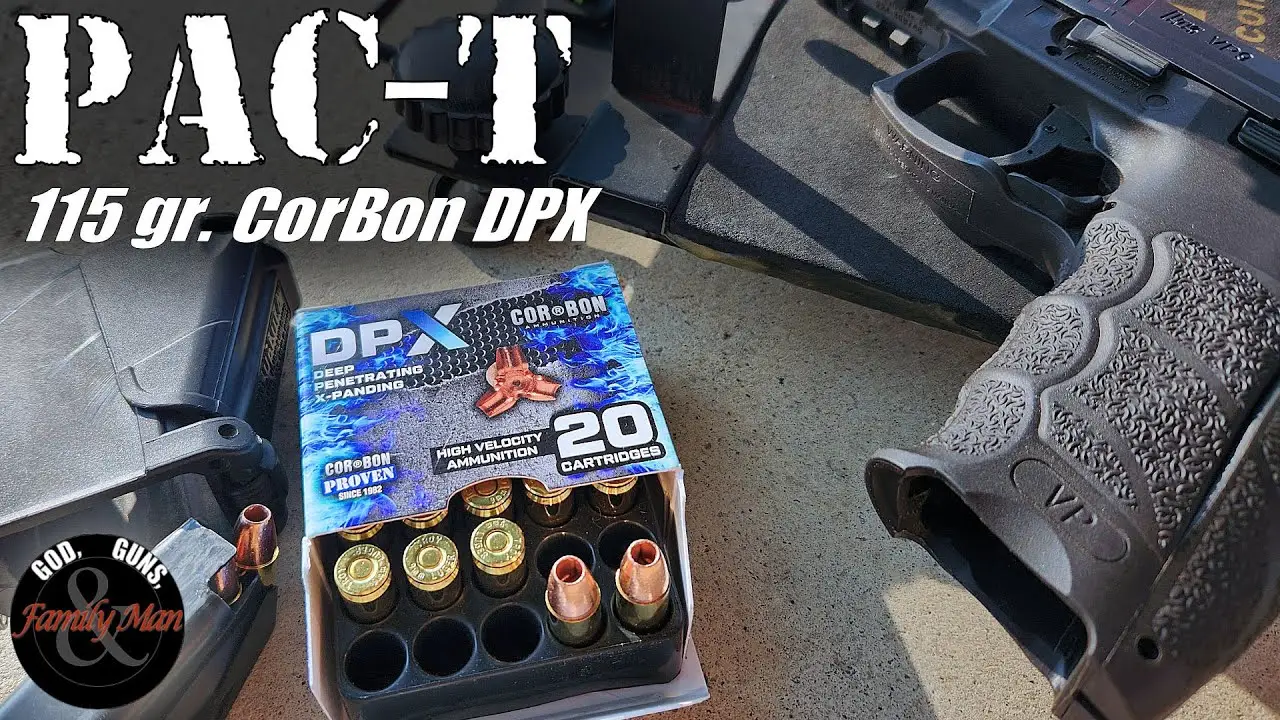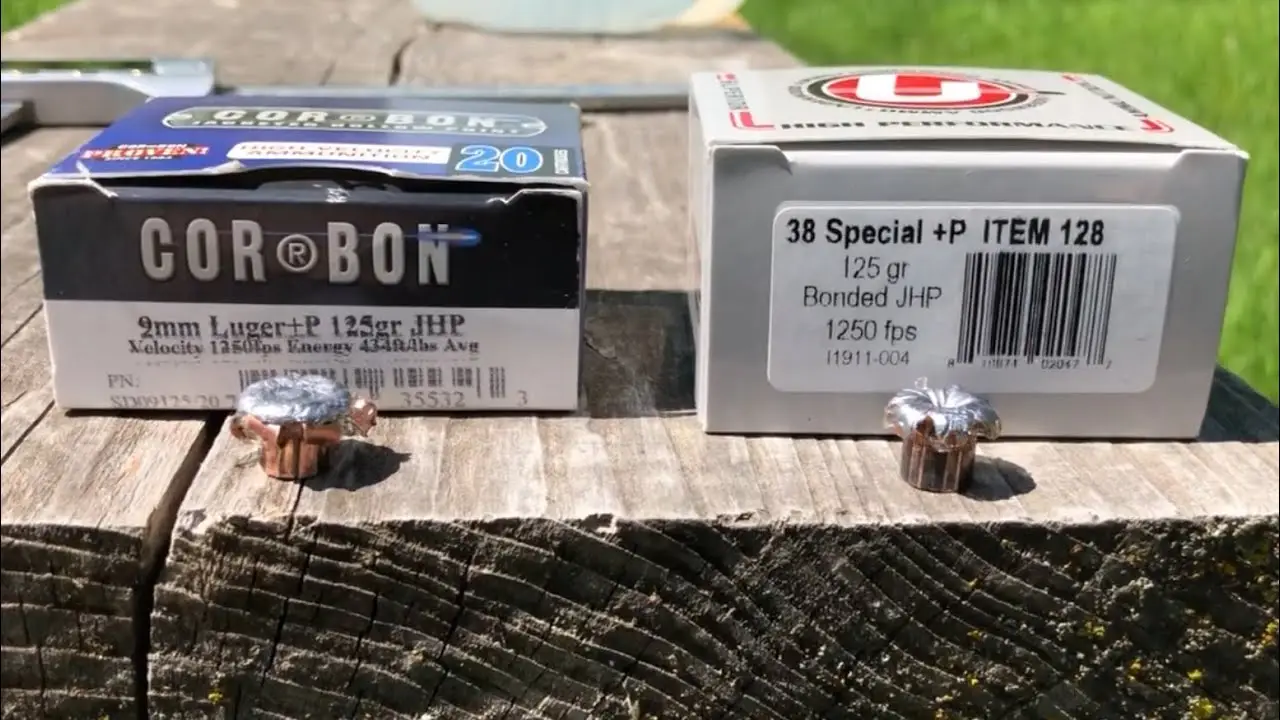9mm vs .38 Special in Short Barrels — CORBON DPX Comparison (Gel, Denim & MDF)
In this head‑to‑head short‑barrel comparison we test CORBON DPX ammunition: a 95‑grain 9mm DPX (short‑barrel load, solid copper hollow point) versus a 110‑grain .38 Special +P DPX (solid copper hollow point). Using compact pistols and a short‑barrel revolver, we ran chronograph checks, clear ballistic gel, a real‑world denim + MDF barrier test, and practical accuracy drills to see which cartridge performs better from short barrels.
Why this test matters
Short barrels are common for everyday carry and pocket guns, but not every defensive load behaves the same when you reduce barrel length. Velocity, expansion, penetration and even stabilization can change drastically. This test focuses on short-barrel performance in realistic scenarios: chronograph, clear gel (best-case expansion), denim barrier + MDF (real‑world simulation), and follow‑up accuracy.
Test setup (quick)
-
9mm: CORBON DPX — 95 gr solid copper hollow point (marketed as short‑barrel load; rated ~1300 ft/s). Fired from a 3.2″ Taurus G2C (and a 2″ revolver for a comparison).
-
.38 Special: CORBON DPX — 110 gr +P solid copper hollow point (rated ~1150 ft/s typical from full‑size barrels). Fired from a 2″ Taurus 605 revolver.
-
Chronograph: readings taken for velocity where possible (note: .38 had readings issues due to high glare/long copper bullet + muzzle flash).
-
Gel tests: Clear ballistic gel (no barriers) then denim (4 layers) + 3″ gel + 1/4″ MDF (to simulate rib/sternum).
-
Practical drills: steel target shooting, recoil control checks, and slow/extended distance shots.
Key findings — quick summary
-
Winner: 9mm (CORBON DPX 95gr) — better and more consistent performance out of short barrels: consistent expansion, deeper penetration in the denim+MDF test (~16″ with reduced expansion), and reliable terminal performance in gel (≈14″ in clear gel).
-
.38 Special +P (110gr) — performed well in plain gel for expansion but underperformed in the denim+MDF test: evidence of keyholing/tumbling and much lower penetration (~9¼”), making it a poor short‑barrel candidate in this test.
-
Chronograph: 9mm produced reliable velocity readings even from short barrel. The .38 produced inconsistent chronograph reads — likely due to the long, shiny solid‑copper bullet, combined with revolver muzzle flash (glare over sensors).
Chronograph & accuracy notes
-
The 95gr 9mm was rated at ~1300 ft/s by CORBON and produced strong short‑barrel velocities in the 3.2″ pistol. Chronograph readings were consistent.
-
The 110gr .38 +P theoretically rates well from full‑size barrels, but in this test often failed to register on the chronograph. The tester’s likely explanation: long, shiny solid‑copper bullets + muzzle flash from a short revolver made sensor reads unreliable.
-
Practical accuracy and recoil control: both rounds were controllable. The 9mm produced lower, consistent groups; the .38 +P had acceptable recoil but poorer terminal consistency in the barrier tests.
Gel test (clear gel) — best potential
-
9mm DPX (95gr): ~14″ penetration in clear gel, good cutting/tearing wound channel, expansion consistent with a solid‑copper hollow‑point design (peeled petals).
-
.38 Special +P (110gr): ~12.25″ penetration in clear gel, significant flower/expansion in plain gel — looked promising in the best‑case scenario.
Interpretation: In clean gel both bullets expand and cause a lot of cutting, but real‑world barriers change the picture.
Denim + MDF (real‑world simulation) — decisive test
-
9mm DPX: After 4 layers of denim + gel + 1/4″ MDF, the 9mm still expanded, then partially reduced expansion at the MDF to improve penetration. Final penetration ≈16″ (ideal range for defensive performance).
-
.38 Special +P: After denim + MDF the bullet failed to expand reliably (likely clogged or affected by the barrier) and keyholed/tumbled through the MDF. Final penetration ≈9.25″, below recommended minimum for defensive rounds in many ballistic standards.
The 9mm retained functionality after barriers and reached effective penetration. The .38 +P failed to penetrate adequately in this single‑shot test.
Why the .38 underperformed (likely causes)
-
The test bullet is a solid copper 110gr +P with a longer profile than typical lead core bullets (longer because copper is less dense). That extra length, combined with the short 2″ barrel and revolver dynamics, likely produced stability problems (tumbling / keyholing) — especially after passing through denim and hitting MDF.
-
Barrier clogging or deformation can prevent reliable hollow‑point expansion; when that happens the bullet can turn sideways and lose penetration.
Practical recommendations
-
For short-barrel carry, especially if you anticipate barrier hits or unpredictable real‑world conditions, choose loads tested specifically for short barrels — high velocity short‑barrel loads or loads with proven barrier performance.
-
The CORBON DPX 95gr 9mm tested here is an excellent option for compact carry: engineered for short barrels and produced consistent expansion and penetration in both gel and barrier simulations.
-
Don’t rely on clear gel alone when choosing carry ammo — always look for barrier testing (denim/MDF, auto glass, etc.) to understand real‑world performance.
Final thoughts
This test shows how two effective cartridges can behave very differently once barrel length and barriers get involved. The 95gr CORBON DPX 9mm short‑barrel load won this matchup on balance — consistent velocity reads, excellent gel performance, and reliable penetration after denim + MDF. The 110gr .38 Special +P DPX looked good in clean gel but failed the real‑world barrier test from a short 2″ revolver.
If you carry a short‑barrel pistol, pick ammo tested for short barrels and barrier performance. Based on this test, the CORBON DPX 95gr 9mm is a solid choice.
Useful links & video
-
Full video test (chronograph, gel & barrier testing): (embed the YouTube video on your post)
YouTube: https://youtu.be/AARZf6szYnI?si=apzSpkfH7JOQYmqW
Suggested anchor text: “Watch the full 9mm vs .38 Special short‑barrel test on YouTube”

John Doe
Lorem ipsum dolor sit amet consectetur adipiscing elit dolor

